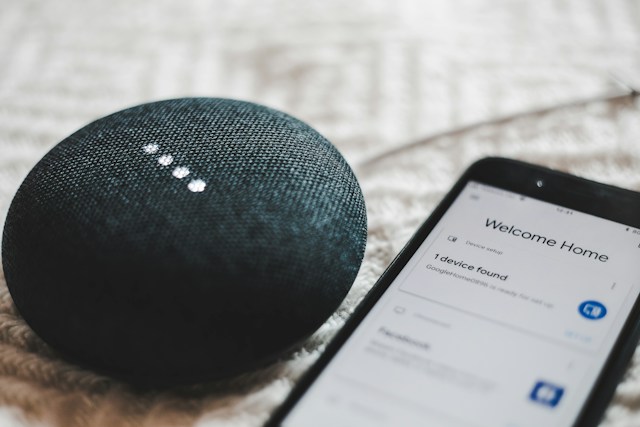Smart home devices have become increasingly popular in recent years, providing us with convenience and automation in our daily lives. However, with the rise of these devices, the risk of cyber intrusions has also increased. It is essential to take steps to protect your smart home devices from potential intruders. In this article, we will discuss some effective strategies to safeguard your smart home devices and ensure the security of your home network.
Secure Your Wi-Fi Network
The first and most crucial step in protecting your smart home devices is to secure your Wi-Fi network. Change the default username and password of your router to a strong combination of letters, numbers, and special characters. Additionally, enable WPA2 encryption on your network for enhanced security. Regularly update your router’s firmware to ensure it has the latest security patches.
Create Separate Networks
Consider creating separate networks for your smart home devices and other personal devices. This will provide an additional layer of security by isolating your smart devices from your personal information. If a hacker gains access to one network, they won’t be able to access your personal data or control your smart devices.
Use Strong and Unique Passwords
Using strong and unique passwords for your smart home devices is crucial. Avoid using common or easily guessable passwords like “123456” or “password.” Instead, use a combination of letters, numbers, and special characters. It is also advisable to use a password manager to keep track of your passwords securely.
Enable Two-Factor Authentication
Two-factor authentication (2FA) adds an extra layer of security to your smart home devices. By enabling 2FA, you will require a second verification step, such as a fingerprint or a unique code sent to your mobile device, in addition to your password. This ensures that even if someone manages to obtain your password, they still can’t access your devices without the second factor of authentication.
Regularly Update Firmware and Software
Keeping your smart home devices’ firmware and software up to date is essential to protect against potential vulnerabilities. Manufacturers often release updates to address security issues and enhance device performance. Enable automatic updates whenever possible or regularly check for updates manually.
Disable Unnecessary Features
Some smart home devices come with default features that may not be necessary for your specific needs. Disable any unnecessary features, such as remote access or voice control, to reduce the attack surface. Only enable the features you require and regularly review the settings of your devices.
Secure Your Smart Home Hub
If you have a smart home hub that controls multiple devices, securing it is crucial. Change the default login credentials, enable two-factor authentication if available, and keep the firmware up to date. Additionally, consider placing your hub behind a firewall to block unauthorized access.
Monitor Device Activity
Regularly monitor the activity of your smart home devices. Some devices provide logs or activity history that can help you identify any suspicious behavior. If you notice any unusual activity, disconnect the device from your network, update its firmware, or contact the manufacturer for assistance.
Conclusion: Protect Your Smart Home Devices and Enjoy Peace of Mind
Protecting your smart home devices from intruders is essential to ensure the security and privacy of your home network. By following the strategies mentioned in this article, such as securing your Wi-Fi network, using strong passwords, enabling two-factor authentication, and keeping your devices updated, you can significantly reduce the risk of cyber intrusions. Take the necessary steps today to protect your smart home devices and enjoy the convenience and peace of mind they provide.




